Traditional Orthodontics – Newbury Park, CA
Time-Tested Smile Improvements
We all want the most attractive smile possible, but the benefits of straight, well-aligned teeth go beyond the cosmetic. Anyone who has had their bite corrected with orthodontics will tell you it’s also about being able to eat, speak and smile with ease -- and that you just can’t put a price on a confident, healthy and good-looking smile. That’s why at Paraiso Family Dental and Orthodontics, we’re proud to offer traditional orthodontics in Newbury Park, CA to patients of all ages.
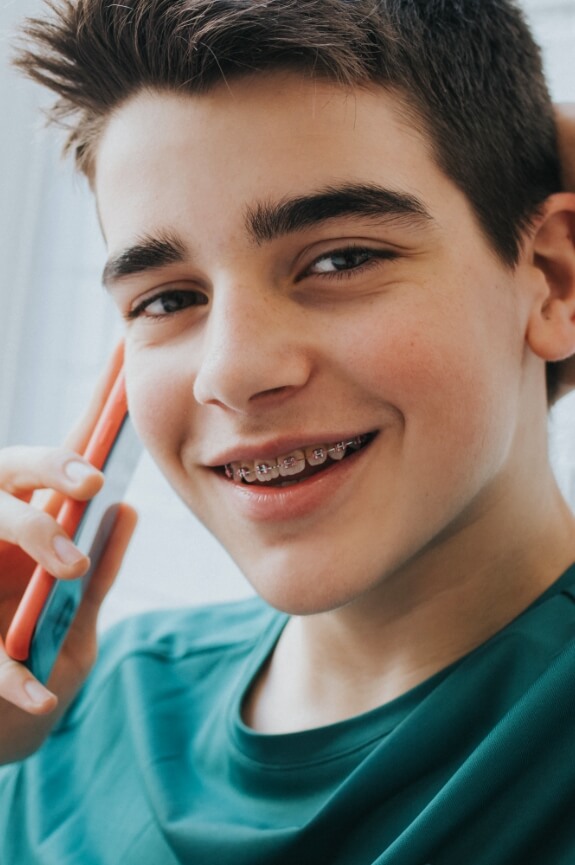
Why Choose Paraiso Family Dental & Orthodontics for Traditional Orthodontics?
- Knowledgeable, Experienced Dentist
- Team Treats You Like Part of the Family
- Reliable, Time-Tested Metal Braces
Providing Excellent Results with Orthodontics
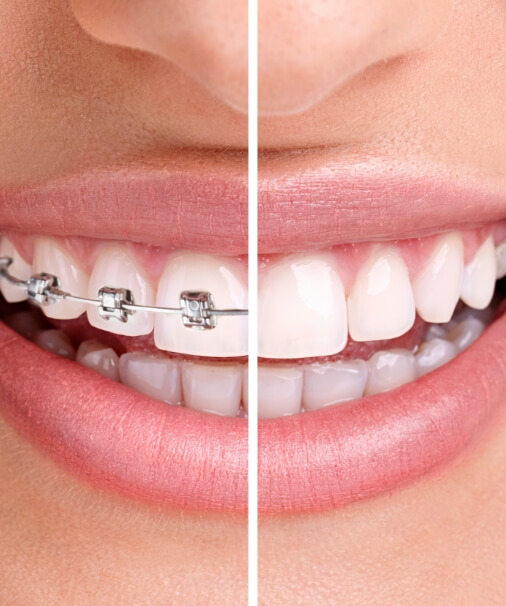
Conventional metal braces have long been associated with teendom, but we know that children, adolescents and adults can all benefit from the trusted treatment. In addition to braces in Newbury Park, Paraiso Family Dental and Orthodontics also employs retainers and spacers to help you achieve the straighter, more beautiful smile you deserve.
Children's Orthodontics Fixes
Problems Early
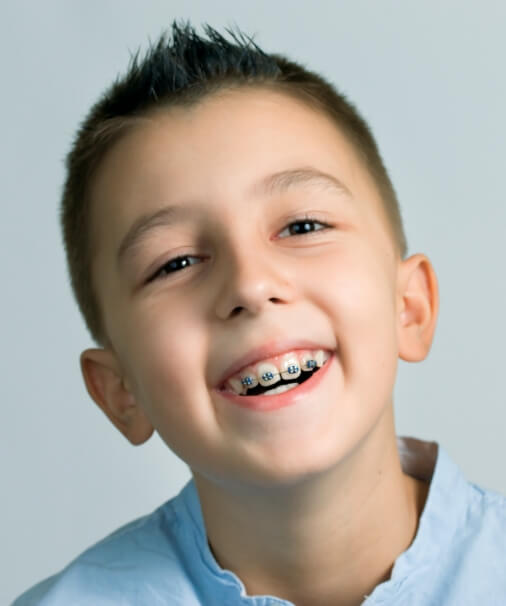
One big benefit of considering orthodontic treatment for your child is the simple fact that many problems in the alignment of teeth are far easier to correct at a younger age, before the jaw and gums have fully formed. Problems like overbite, underbite, crossbite as well as mouth breathing, and the effects of thumb sucking can all be dealt with early -- so we recommend your child to have her first orthodontic visit around age 7.
Adult Orthodontic Treatments
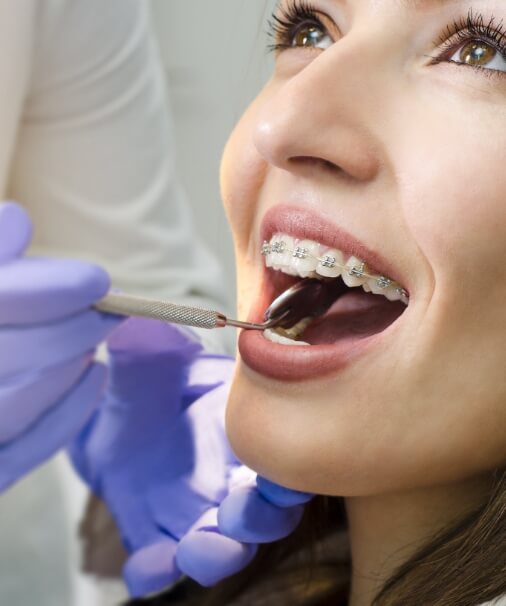
There's nothing that says orthodontics are limited to children and teens. In fact, it’s estimated that more adults than ever wear braces these days -- with as many as one in every five adults currently undergoing orthodontic treatment. For adults who have developed an alignment issue, or who have always dealt with crooked, crowded, gapped or otherwise misaligned teeth, orthodontics provide the beautiful, functional smile everyone wants -- and deserves.
Additional Orthodontic Options
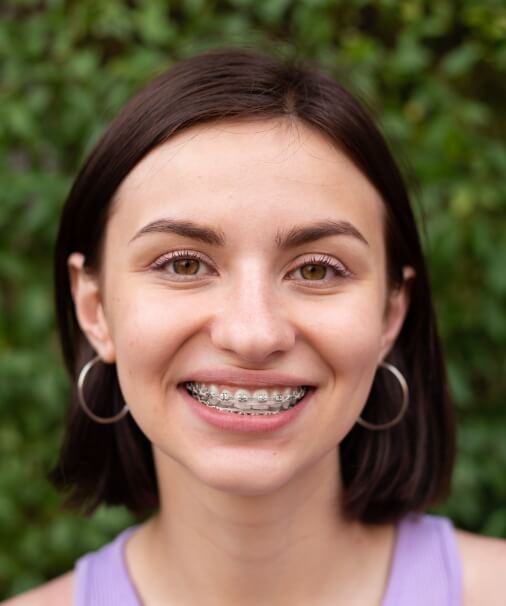
Some adults and image-conscious teens just cannot bear the thought of conventional metal braces. For these patients, we’re thrilled to be able to offer other options -- like braces with clear brackets and wires, or lingual braces, which attach to the back of your teeth, rather than the front. Sometimes we decide that a patient is more suited for Invisalign, which uses clear, plastic aligners to gradually shift teeth into the preferred position.
Understanding the Cost of Traditional Braces

The amount that you’ll end up paying for traditional braces isn’t set in stone; there are several variables that we’ll need to consider before we can give you an estimate. Our team will make sure that you have a firm idea of what the overall cost will look like before you have to commit to long-term orthodontic treatment. In the meantime, though, the following information can help you get a grasp on what to expect.
Factors That Affect the Cost of Traditional Braces

The cost of your braces will largely depend on the following factors:
- Severity of the Orthodontic Issue: More complex cases generally have a higher cost since treatment normally takes longer.
- Age of the Patient: Adults typically have to wear braces longer than children since their teeth tend to be more set in place. As such, adult orthodontic treatment often costs more, although usually not by much.
- Follow-Up Appointments: Periodic adjustments are needed to make sure that the braces move the teeth in the proper direction. The number of adjustments required affects the overall cost of the orthodontic process.
- Additional Orthodontic Supplies: You’ll need to wear a retainer after your braces are removed. Furthermore, elastics and other supplies may be required during the actual treatment. Each additional orthodontic device comes with its own cost to consider.
- Compliance Issues: Not following your orthodontist’s instructions (such as wearing rubber bands for a certain amount of time) could cause your treatment to take longer and add to the overall cost.
Professional Braces vs. "DIY" Braces: Which Costs More?
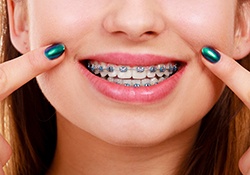
Over the years, many people have tried to straighten their teeth with “do-it-yourself” braces made out of paper clips, earring backs, fishing lines, dental floss, and other materials. While a do-it-yourself approach might sound budget-friendly, it could cost you in the long run; braces that haven’t been designed by a professional could cause serious damage to your teeth and jawbone, resulting in severe oral health issues that require costly care.
It's always better to have braces placed by an orthodontist so that you can be sure that your teeth only move as intended. Furthermore, having a trained expert oversee the process makes it more likely that any problems with the treatment can be caught and corrected, allowing you to avoid major headaches later down the line.
Does Dental Insurance Cover Braces?
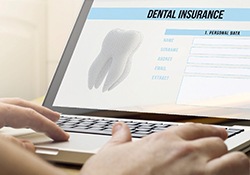
Every dental insurance plan is different; you should call your insurance company to make sure that your policy includes coverage for orthodontic care. If braces are included under your plan, you can usually expect them to receive around 50% coverage. Our team can file any necessary claims on your behalf.
Options for Making Braces Affordable
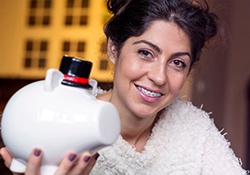
Some patients either don’t have insurance or don’t receive adequate coverage for orthodontic treatments. If either category applies to you, we may suggest CareCredit financing. You can sign up for a low-to-no-interest plan that divides the cost of your care into smaller, easier-to-pay installments. Reach out to us today to learn more about CareCredit and how it works at our practice.
Traditional Orthodontics FAQs
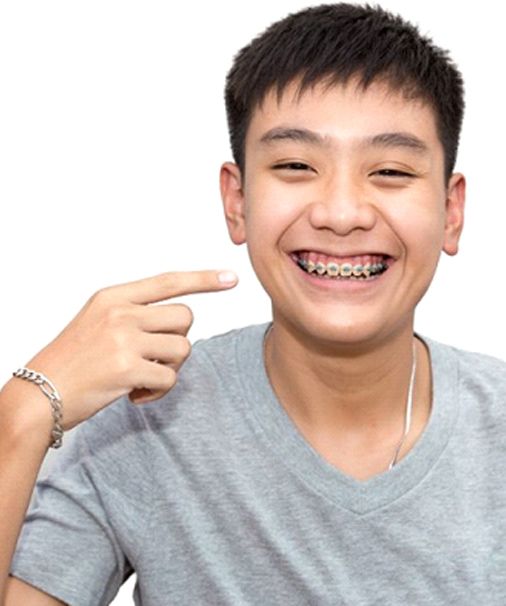
For generations, children and adults alike have been able to enjoy straighter, healthier, and more confident smiles thanks to bracket-and-wire braces. Even though traditional braces are a tried-and-true solution, our team at Paraiso Family Dental & Orthodontics understands that you may have questions before starting the process. After all, braces in Newbury Park are a big commitment! You’re always welcome to call us and ask any questions you may have, but for your convenience, we’ve answered some of the most common questions we get asked about braces below.
How Long Do Braces Take?
On average, treatment time with traditional braces takes somewhere between one and three years. This is a wide range, but the length of treatment can vary based on a number of factors. For example, braces generally take longer for adults than for children because the jawbone has finished developing, so it requires more force to reposition the teeth. Your treatment timeline also depends on how misaligned your teeth and jaws are; the greater distance they need to move, the longer your treatment will take. Before starting the process, Dr. Chaffee will go over these and other factors with you so that you’ll have an idea of when you can expect a fully straight smile.
Do Braces Hurt?
It’s normal for your teeth and gums to feel sore after you first receive your braces, but it should only take a week or so for your mouth to adjust. Even after that point, you may still experience minor and temporary discomfort, especially after you get your braces tightened or adjusted. Taking an over-the-counter pain medication, such as ibuprofen, should be enough to manage the discomfort. You may also want to purchase some orthodontic wax, which can protect the soft tissues inside of the mouth from becoming irritated by the braces.
Can I Get Braces on Just My Top or Bottom Teeth?
If only your upper or lower teeth are noticeably crooked, you might be wondering if it’s possible to save money and time by only getting braces on that one arch. Unfortunately, it’s very unlikely that single-arch treatment will produce the ideal results. Braces are designed to bring the upper and lower arches into the proper alignment. So, repositioning the teeth in one arch but not the other could throw off the overall balance of your mouth and jaw. There are some cases where it’s possible to get braces o just your top or bottom teeth, but it’s rare.
What Happens After You Get Your Braces Off?
After orthodontic treatment is finished, it will take some time for the teeth to “remember” their new positions. Until then, they’ll naturally want to drift back to the way they were prior to wearing braces. To prevent all of the work of your braces from being reversed, you’ll need to wear a retainer after we’ve taken off your braces. Your retainer will most likely be a removable appliance that you’ll wear almost 24 hours a day (expect for eating and cleaning your teeth) for the first few weeks or months. After a certain point, Dr. Chaffee will let you know when you can gradually start to wear it less and less often. Eventually, you’ll probably only need to wear the retainer at night.
